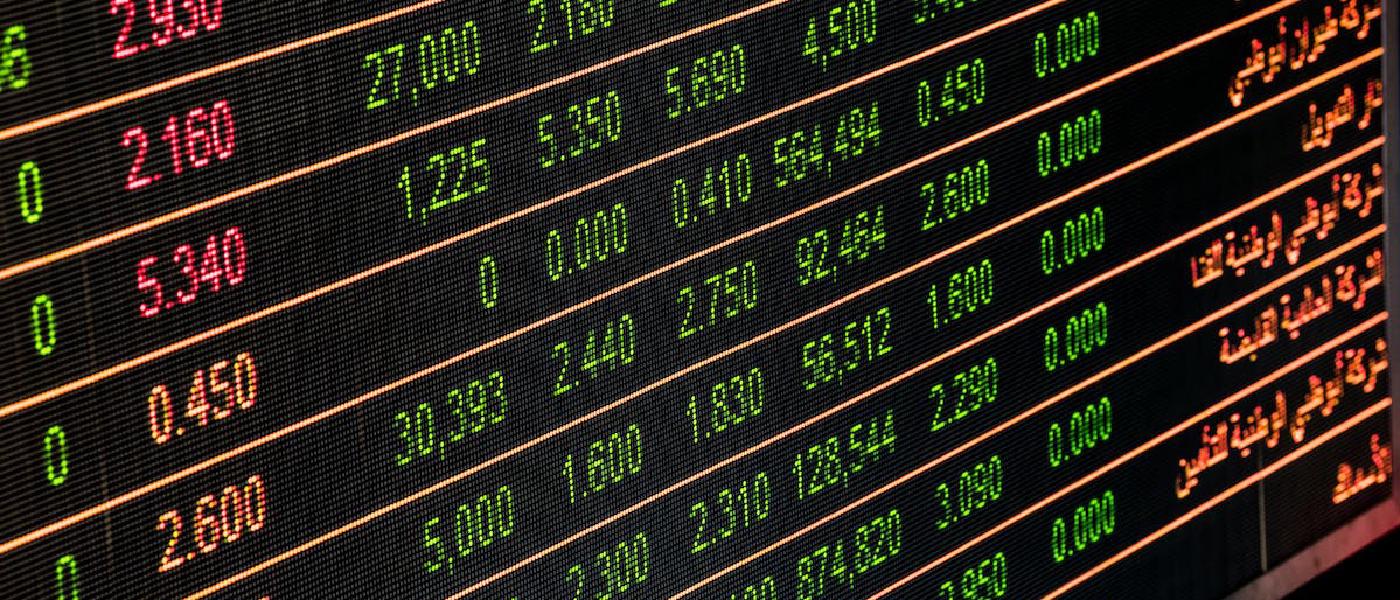
What is an ETF and how to invest in this type of financial instrument
ETFs, or Exchange-Traded Funds, are funds that replicate the performance of an index or basket of securities. In this article, we will explain what an ETF is and how to invest in this type of financial instrument.
What is an ETF
An ETF is a fund that replicates the performance of an index or basket of securities. This means that the ETF buys a selection of securities that represent the underlying index or basket, in order to replicate its performance. ETFs are traded on the stock exchange, which means that they can be easily bought and sold during the trading day.
How to invest in ETFs
To invest in ETFs, you need to open an account with a bank or financial intermediary. Once the account is opened, you can choose the ETFs to invest in and purchase them through your account. You can choose to invest in ETFs that replicate the performance of a specific index, such as the S&P 500 or the FTSE 100, or in ETFs that invest in a specific category of securities, such as the stocks of technology companies or energy sector companies.
Advantages and disadvantages of ETFs
ETFs offer several advantages compared to other types of investments. For example, ETFs are generally cheaper than other funds, as they have low management fees. Additionally, ETFs are easy to buy and sell, and they offer automatic diversification, as they invest in a basket of securities.
However, ETFs also have some disadvantages. For example, as they replicate the performance of an index or basket of securities, ETFs cannot outperform the market. Additionally, ETFs are not actively managed, which means that they cannot capitalize on specific opportunities or avoid risky securities. Finally, ETFs may be subject to trading fees, which can reduce the returns on investments.
How to choose the ETFs to invest in
When choosing an ETF to invest in, it is important to consider the investment objective, the level of risk, and the exposure to the markets. For example, if you want to invest in an ETF that replicates the performance of a global index, you should choose an ETF that invests in a wide basket of securities from different regions and sectors. If you want to invest in an ETF that invests in a specific sector, you should choose an ETF that invests only in that sector.
Additionally, it is important to verify the costs associated with investing in an ETF, such as management and trading fees. These costs can affect the returns on the investment, so they should be considered when choosing the ETFs to invest in.
Conclusion
ETFs are a type of financial instrument that allows investing in an index or a basket of securities, replicating their performance. Investing in ETFs can offer several advantages, such as low costs and automatic diversification. However, it is important to consider the potential disadvantages and the costs associated with ETFs before investing in this type of financial instrument.
Advices and guides on everything you need

